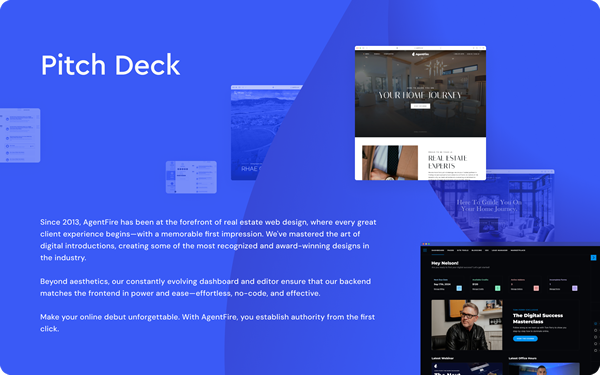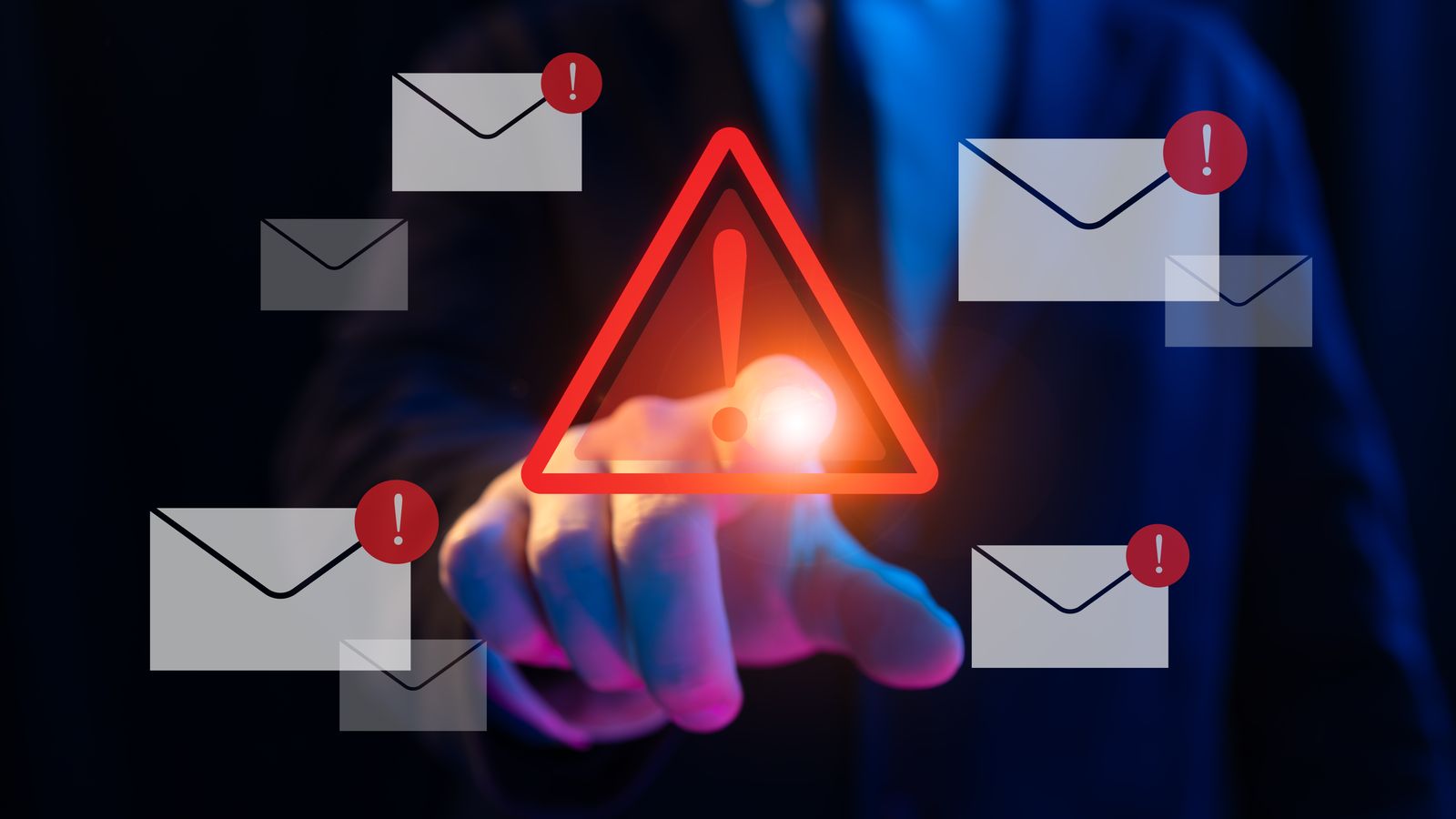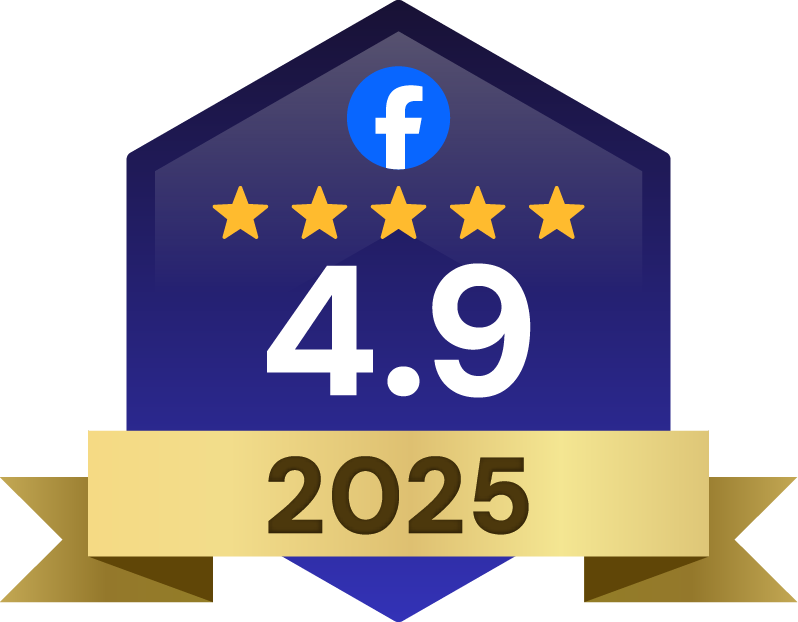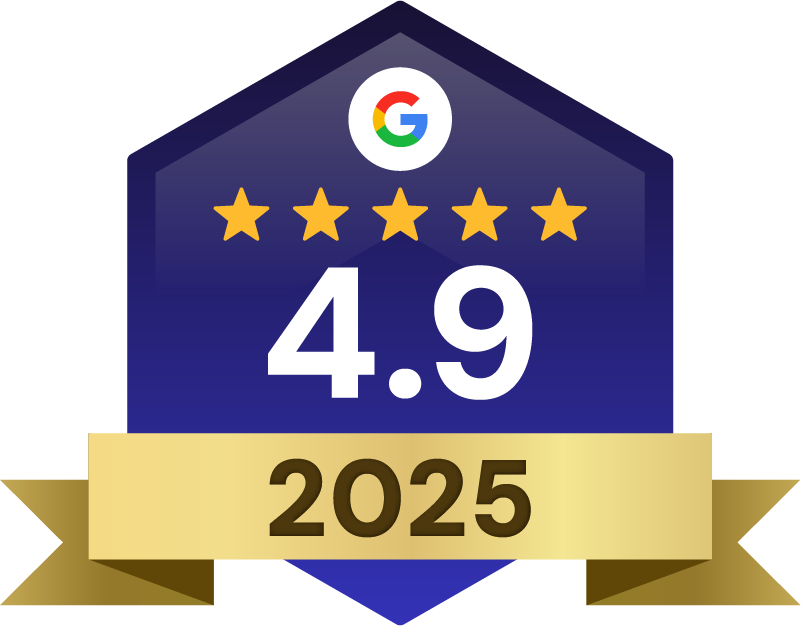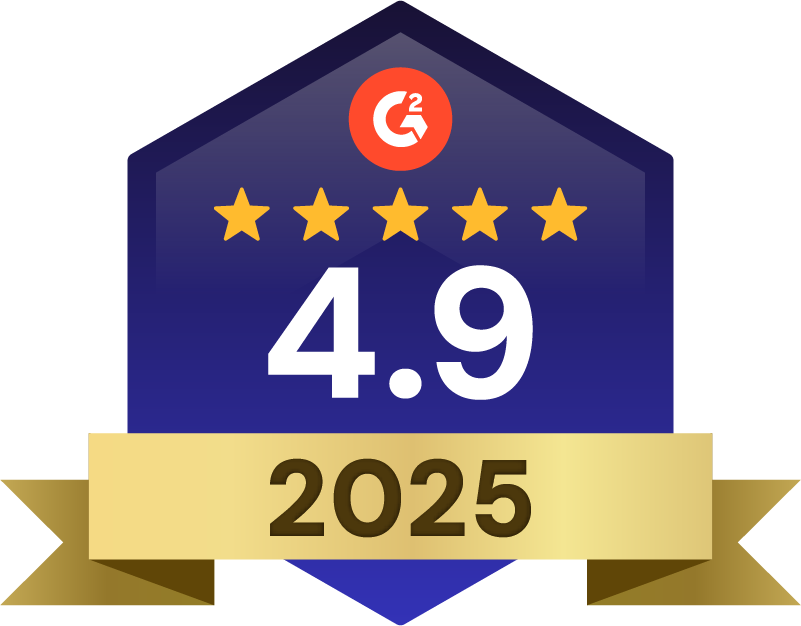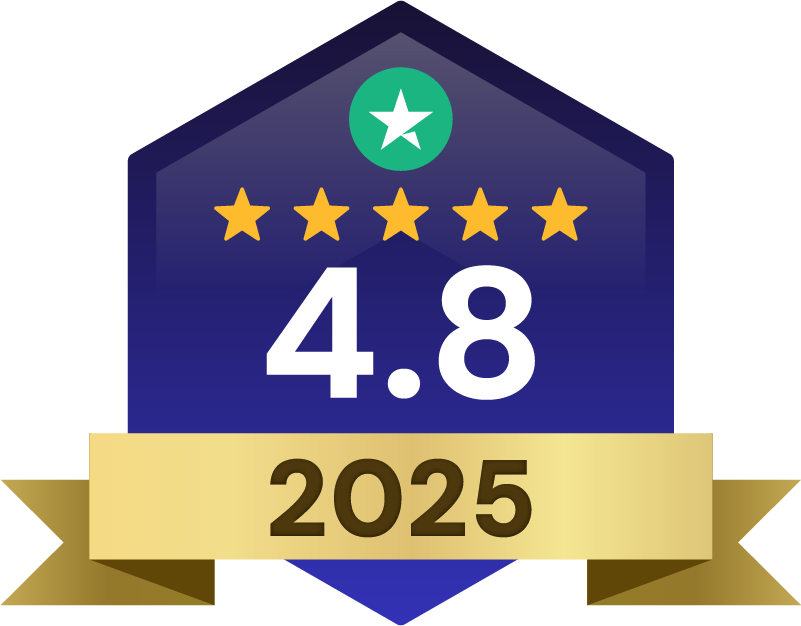Connect with homeowners using the golden letter technique, personalized emails that generate leads.
Email Marketing Lead Generation Seller Tactics
In real estate, direct mail is often used to reach homeowners who may be thinking about selling. One method that stands out for its simplicity and focus is the golden letter.
This approach doesn’t use flashy graphics or long marketing messages. Instead, it relies on a short, direct message that looks and feels personal.
Golden letters are often used in specific markets or neighborhoods where available listings are limited. They are not sent to large mailing lists, but are instead directed to select homeowners.
What Is a Golden Letter in Real Estate?
A golden letter usually expresses interest in the homeowner’s property, either from the agent or on behalf of a buyer. It avoids sales language and is written in a simple, conversational tone. It should include the homeowner’s name and address to make the message feel more relevant.
Typically one page, golden letters are sometimes handwritten or hand-signed to stand out from other mail. They are sent to a carefully chosen group of recipients to start a conversation with the homeowner, not to advertise a service or promote a brand.
Why Personalization Drives Success in Golden Letters
Personalized golden letters are written specifically for the recipient, making them different from generic real estate mailers. These letters often include:
- The homeowner’s name: Using the recipient’s actual name creates an immediate connection
- Their specific address: Referencing their property shows you’re not sending mass mail
- Neighborhood details: Mentioning recent local sales or events demonstrates your knowledge
- Property features: Noting unique aspects of their home proves you’ve done your research
This targeted approach helps build trust and encourages response. When homeowners feel the message was created just for them, they’re more likely to engage.
How to Write an Effective Real Estate Golden Letter
A successful golden letter follows a simple structure that feels authentic and gets to the point quickly.
1. Begin with a Clear Purpose
Start by clearly stating why you’re writing. This helps the homeowner understand your intent immediately.
Effective opening lines:
- “I have a client interested in purchasing a home like yours in [Neighborhood].”
- “As a local real estate agent, I noticed your property and wanted to reach out personally.”
- “I’m representing a buyer who loves your street and is hoping to find a home there.”
- “I’m an investor looking for properties in your area and wanted to see if you’d consider selling.”
2. Keep It Short and Genuine
Your letter should be brief and no more than one page. Use everyday language that sounds like a real conversation, not a sales pitch.
Example:
“I recently helped a neighbor sell their home and noticed yours has unique features that buyers love. If you’ve ever considered selling, I’d love to have a quick, no-pressure conversation.”
3. Add a Simple Call to Action
End with a clear next step that’s easy for the homeowner to take.
Effective CTAs:
- “If you’re open to a conversation, please call, text, or email me.”
- “Let me know if you’d like a free, no-obligation home valuation.”
- “Feel free to reach out at your convenience—my contact info is below.”
4. Personalize Details for Impact
Include specific information about the property or neighborhood to show your letter isn’t a mass mailing.
Example:
“I noticed your home faces the park, which is a rare find in [Neighborhood].”
Examples and Templates for Real Estate Letters
Here are three proven golden letter templates you can adapt for your market:
Golden Letter Template #1: Buyer Representation
Dear [Homeowner Name],
I’m working with a family eager to move into [Neighborhood], and your home caught our eye. If you’ve ever considered selling, I’d love to discuss how we can make the process smooth and beneficial for you. Please call, text, or email me at your convenience. Looking forward to connecting!
[Your Name]
Why this works: Direct, personal, and offers value.
Golden Letter Template #2: Investor Interest
Hello [Homeowner Name],
As a local investor, I’m interested in purchasing a property in [Neighborhood]. If you’re open to discussing a potential sale—now or in the future—I’d appreciate the opportunity to connect. No obligation, just a conversation. Reach me at [contact info].
Why this works: Non-pushy, clear intent, and easy CTA.
Golden Letter Template #3: Recent Sale Reference
Hi [Homeowner Name],
I recently helped your neighbor at [Address] sell their home, and we have buyers still looking in the area. If you’ve thought about selling, I’d be happy to share what your home could be worth in today’s market. Contact me anytime for a free consultation.
Why this works: Leverages social proof and offers value.
Remember to customize these templates with specific details about the neighborhood, property, or recent local sales.
Handwritten vs. Automated: Finding the Right Balance
When creating golden letters, you have three main options: handwritten, hybrid, or automated. Each has its place in your marketing strategy.
Handwritten letters are created entirely by hand. They feel extremely personal and stand out in today’s digital world. However, they take significant time to produce and aren’t practical for large campaigns.
Hybrid letters combine digital efficiency with personal touches. The main content might be printed, but you add a handwritten signature or note. This approach balances personalization with practicality.
Automated letters are produced entirely digitally. While they’re efficient for large mailings, they often lack the personal touch that makes golden letters effective.
| Approach | Pros | Cons | Best For |
|---|---|---|---|
| Handwritten | Highly personal, stands out, builds trust | Time-consuming, less scalable | Small, targeted campaigns |
| Hybrid | Efficient, some personal touch | Less unique than fully handwritten | Medium-sized, semi-targeted lists |
| Automated | Fast, scalable, cost-effective | Feels generic, lower response rates | Large, broad campaigns |
The best approach depends on your campaign size and the value of your target properties. For high-value prospects, the extra effort of handwriting may be worthwhile.
Advanced Targeting and Data-Driven Tactics
1. Use Market Data for High Priority Targets
Smart agents use available data to identify homeowners who might be more open to selling. Some indicators include:
- Length of ownership: People who’ve owned homes for 7+ years are often more likely to sell
- Life events: Public records can reveal divorces, deaths, or other changes that might trigger a move
- Equity position: Homeowners with significant equity have more flexibility to sell
- Previous for-sale attempts: Properties previously listed but not sold may indicate motivation
When using public records or purchased lists, always respect privacy laws and regulations.
2. Tap into Demographic Insights
Different life stages often correlate with moving patterns:
- Empty nesters might be ready to downsize
- Growing families may need more space
- Job relocations can trigger both buying and selling
- Retirement often prompts housing changes
Focusing your golden letters on neighborhoods or property types that match your buyers’ needs increases your chances of success.
3. Create Follow-Up Sequences with Tech
Using a CRM (Customer Relationship Management) system helps track your golden letter campaigns:
- Schedule follow-up contacts at optimal intervals
- Record responses and conversations
- Track which properties convert to listings
- Analyze which templates perform best
Most responses come after the second or third contact, so planning a sequence of touchpoints is essential.
Follow-Up Strategies That Boost Response Rates
Following up is crucial for golden letter success. Most homeowners who respond do so after multiple contacts, not just the initial letter.
The ideal timing for follow-up is 7-14 days after your first letter. This gives the homeowner time to consider your message without letting too much time pass.
Mix your follow-up methods for better results:
- A second letter with new information
- A phone call if you have their number
- An email if available
- A postcard with a simple reminder message
Track all your outreach efforts in a spreadsheet or CRM. Note when each contact was made, what method was used, and any responses received. This helps you refine your approach over time.
Common Mistakes to Avoid with Real Estate Letters
1. Overstuffing with Generic Information
Many agents fill their letters with general market statistics or broad statements that don’t connect with the homeowner personally.
Don’t write: “The real estate market is hot—now is the time to sell!”
Instead write: “The colonial on Oak Street just sold for $50,000 above asking price, showing strong demand in your neighborhood.”
Specific, relevant information always outperforms generic market claims.
2. Neglecting Consistent Follow-Up
Sending just one letter without a plan for additional contact wastes much of your effort. Most responses come from follow-up communications, not the initial outreach.
Create a basic system: Initial letter → follow-up call/email after 7 days → second letter after 14 days if no response.
3. Sending the Same Copy to Everyone
Using identical text for every recipient undermines the personal nature of golden letters. Each letter should feel like it was written specifically for that homeowner.
Take time to customize each letter with:
- The specific neighborhood name
- Nearby property sales
- Features unique to their home
- Local events or developments
Even small personalizations can significantly increase your response rate.
Take the Next Step to Turn Responses into Listings
When a homeowner responds to your golden letter, be ready to continue the conversation effectively. Thank them for reaching out and ask about their situation and timeline.
Offer something of value in your first conversation, such as a no-obligation home valuation or market report. This provides helpful information while demonstrating your expertise.
If the homeowner shows interest, suggest a brief in-person meeting to see the property and discuss potential next steps. Come prepared with comparable sales data and information about your listing process.
Having a professional website where you can showcase your listings and neighborhood expertise helps build credibility with potential clients. AgentFire’s website platform includes tools specifically designed to highlight your local knowledge and past successes.
**Ready to elevate your real estate business? **Learn more about AgentFire’s solutions.
FAQs About Golden Letters in Real Estate
How much should I spend on a golden letter campaign?
The cost per letter usually ranges from $1 to $3, including materials, printing, and postage. Your total campaign cost will depend on volume and production method.
Can new agents use golden letters effectively?
Yes, new agents can successfully use golden letters to start conversations with homeowners, even without an extensive sales history in the area.
How do I find addresses for sending golden letters?
You can obtain homeowner addresses through public property records, title companies, or reputable list providers that specialize in real estate data.
Should I include my business card with a golden letter?
Including a business card is optional. It can add professionalism but may slightly reduce the personal feel of your communication.

